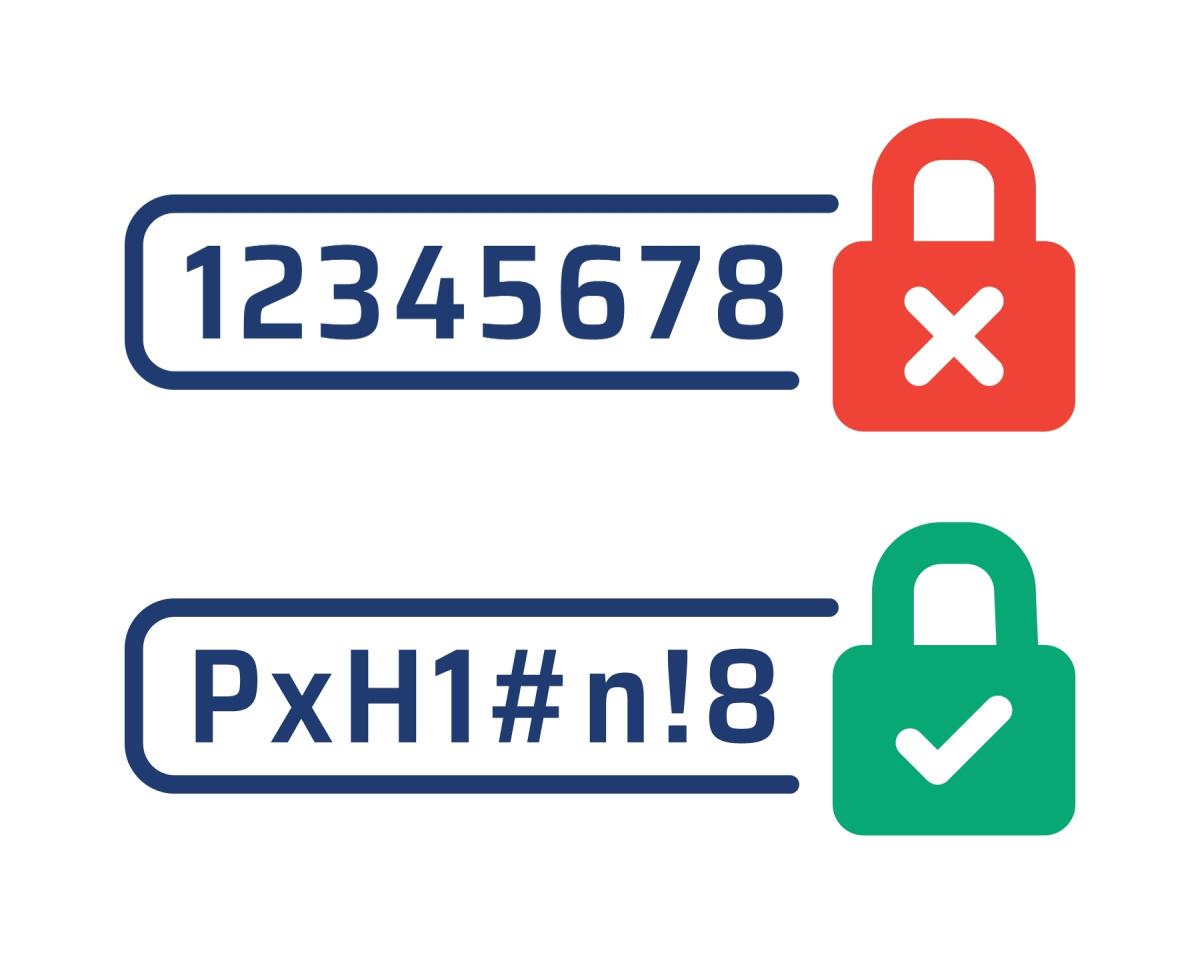In this digital age where our personal information is constantly at risk of being exposed, it has become more crucial than ever to safeguard our online data from potential threats. From hackers to malicious software, the internet is filled with lurking dangers waiting to compromise our privacy. But fear not, for with a few simple steps and precautions, you can learn how to protect your personal data from online threats effectively. Let’s explore the various ways you can strengthen your digital defenses and keep your information safe in the vast world of cyberspace.
Heading 1: Understanding Common Online Threats
In today’s digital age, it is crucial to understand and protect yourself from common online threats that can jeopardize your personal data. Cybercriminals are constantly evolving their tactics to steal sensitive information, such as financial details, passwords, and personal documents. By being aware of these threats, you can take proactive measures to safeguard your online presence.
One of the most prevalent online threats is phishing, where attackers use deceptive emails and websites to trick users into divulging their personal information. It is essential to be cautious of unsolicited emails or messages that ask for sensitive data or contain suspicious links. Additionally, malware, such as viruses and ransomware, can infect your devices and compromise your data. To protect yourself, ensure that you have up-to-date antivirus software and regularly scan your devices for any malicious programs.

Heading 2: Strengthening Password Security
Ensuring strong password security is essential in protecting your personal data from online threats. By following a few simple steps, you can greatly reduce the risk of unauthorized access to your accounts and information.
One effective way to strengthen password security is by creating complex and unique passwords for each of your online accounts. Use a combination of uppercase and lowercase letters, numbers, and special characters to make your passwords more difficult to guess. Additionally, consider using a password manager to securely store and manage your passwords. Regularly changing your passwords and enabling two-factor authentication can also provide an extra layer of security for your accounts.

Heading 3: Implementing Two-Factor Authentication
Implementing Two-Factor Authentication is crucial in today’s digital world to protect your personal data from online threats. By adding an extra layer of security to your accounts, you can significantly reduce the risk of unauthorized access and potential data breaches.
There are several ways to enable Two-Factor Authentication for your accounts, including using authenticator apps like Google Authenticator or receiving verification codes via text message or email. Additionally, you can also use hardware tokens or biometric authentication methods for added security. Remember, the more layers of protection you have in place, the harder it is for hackers to compromise your sensitive information.

Heading 4: Using Secure Payment Methods for Online Transactions
When making online transactions, it is crucial to prioritize security measures to protect your personal data from potential threats. By using secure payment methods, you can ensure that your sensitive information is safeguarded from cybercriminals and unauthorized access.
One of the most effective ways to enhance the security of your online transactions is by utilizing encrypted payment gateways. These gateways use advanced encryption technology to protect your financial details and prevent them from being intercepted by malicious entities. Additionally, it is important to be vigilant and only use reputable payment platforms that offer additional security features such as two-factor authentication and fraud detection mechanisms. By following these best practices, you can mitigate the risk of falling victim to online fraud and protect your personal data from unauthorized access.
In Conclusion
In this increasingly connected world, safeguarding your personal data is more important than ever. By following the tips outlined in this article, you can empower yourself to navigate the digital landscape with confidence and peace of mind. Remember, knowledge is power, so stay informed and vigilant to protect your information from online threats. Stay safe out there!

